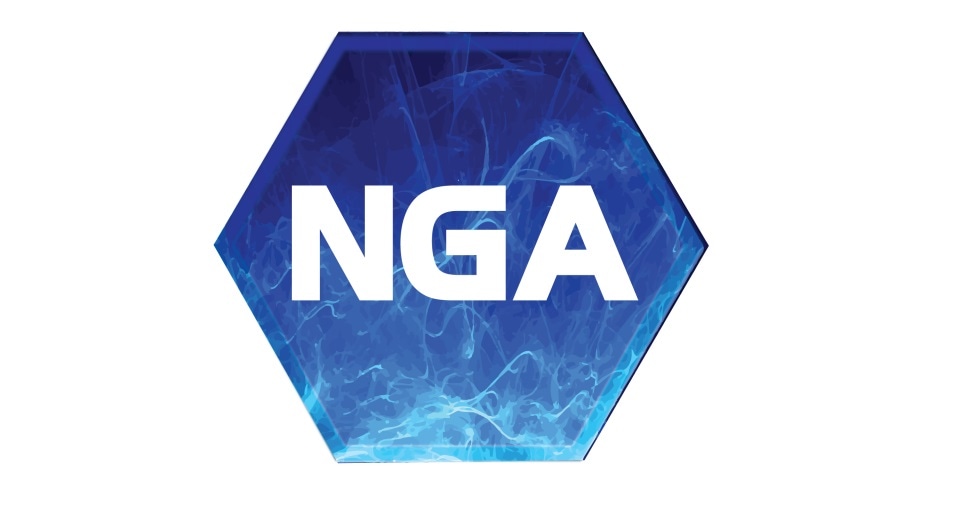Aug 31 2017

The 2010 Nobel Prize-winning, carbon-based material known as graphene will likely play a large role in our future, yet very few people outside the scientific community have heard of it.
Graphene is a two-dimensional layer of carbon that conducts electricity better than copper; it is the thinnest material on the planet but 200 times stronger than steel, while also highly flexible and completely transparent to the human eye. Innovators will gather in Nashville to share ideas and challenges related to the emerging technology for the first-ever Graphene Innovation Summit & Expo Oct. 29-31, hosted by the National Graphene Association (NGA).
The National Graphene Association is focused on creating a forum for stakeholders to drive innovation and facilitate adoption of graphene in the United States and around the world,” said Dr. Zina Jarrahi Cinker, Vanderbilt University physicist and NGA executive director. “One of our biggest challenges today is a lack of graphene industry standards, and we will collaborate with the International Organization for Standardization (ISO) in developing those standards. Our objective is to help streamline the advancement of graphene applications in everyday products.”
Several organizations will be highlighting their innovations at the Summit, which will feature two days of plenary talks, panel discussions, graphene product and idea showcases, investor pitches and interaction with exhibitors. NGA’s CEO, Kevin J. Seddon, expects the event to attract a host of stakeholders, including leaders in research and development as well as finance, government and education, among others.
In a review of the material published in 2002, the peer-reviewed publication Nature said “the one-atom thick fabric uniquely combines extreme mechanical strength, exceptionally high electronic and thermal conductivities, impermeability to gases as well as many other supreme properties, all of which make it highly attractive for numerous applications.”
Graphene will eventually find its way into almost every field and will affect many facets of human life, including energy storage, electronics, smart textiles, sensors, medical devices, bio interfaces, water purification, composites and many more. Graphene could bring advanced coatings that don’t corrode, mobile device screens that become flexible and shatterproof, or lithium ion batteries with greater longevity.
Kevin J. Seddon - CEO, NGA
Tens of thousands of graphene patents have already been awarded to companies including Samsung and IBM. Companies today are using graphene in products ranging from car bodies and safety equipment in auto racing to bio sensors and thermo-regulating garments in the health and fitness sector.
For more information on the National Graphene Association or to register for the event, please visit their website.